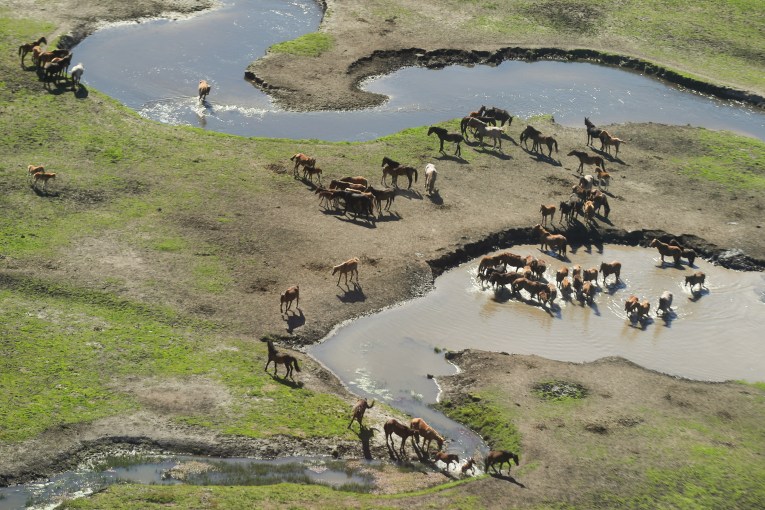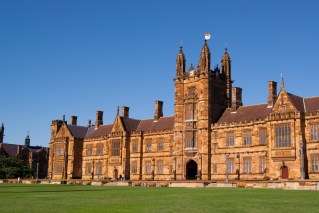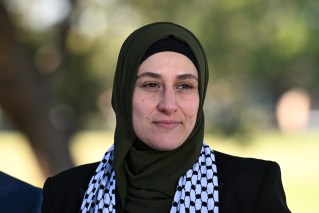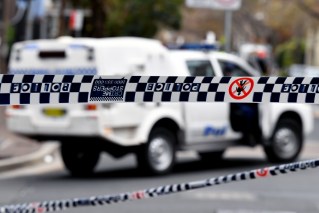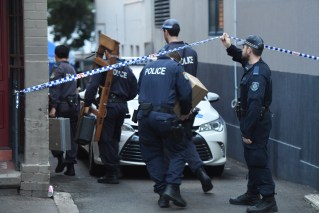Whole of NSW officially declared in drought

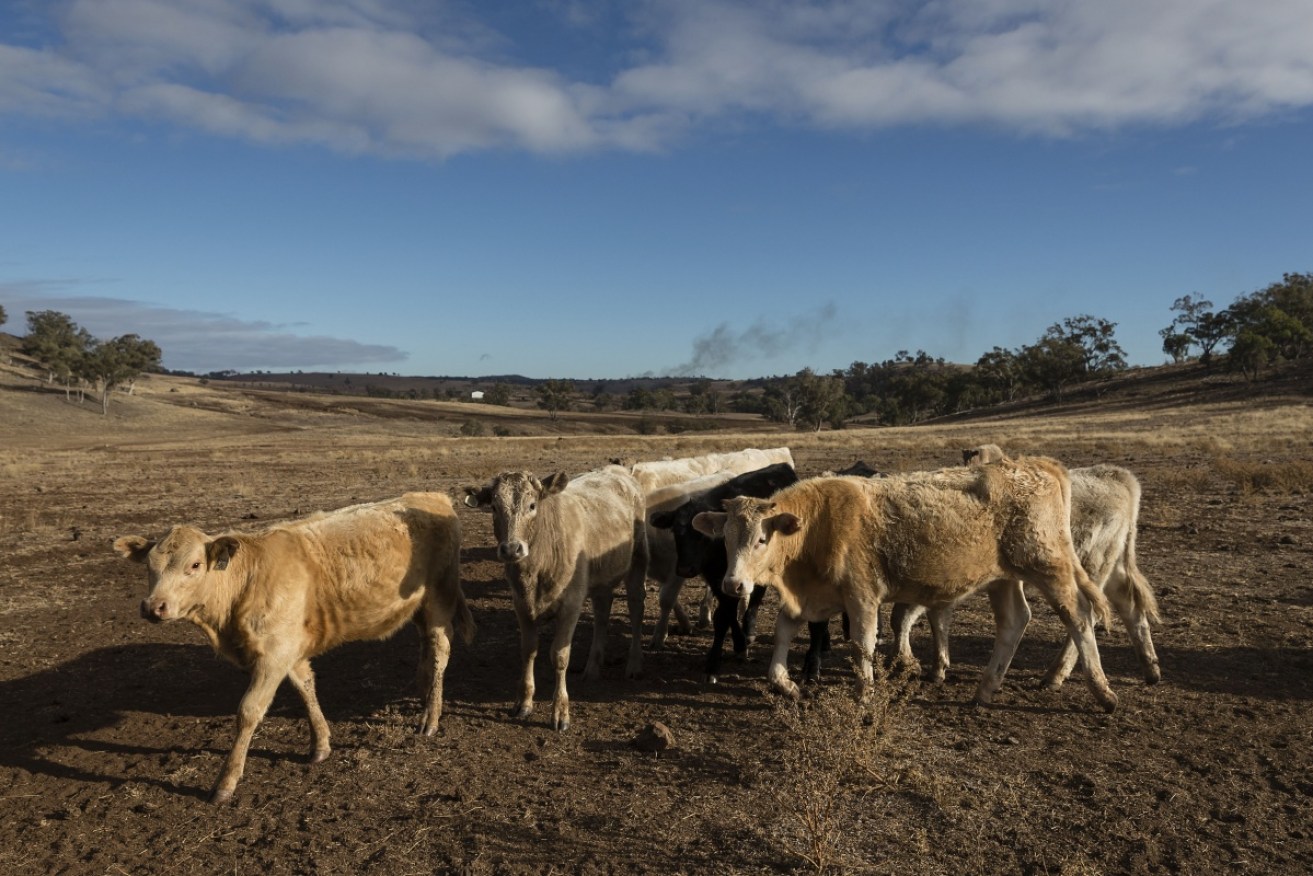
Cattle at Coonabarabran in central-west NSW. Photo: Getty
The entire state of NSW is now officially in drought after drier than expected conditions in June and July left many farmers with failing crops, a short supply of water and diminishing livestock feed.
The Department of Primary Industries said on Wednesday that 61 per cent of NSW was either in drought or intense drought, while nearly 39 per cent was drought-affected.
“This is tough,” NSW Primary Industries Minister Niall Blair said.
‘There isn’t a person in the state that isn’t hoping to see some rain for our farmers and regional communities.”
Less than 10 millimetres of rain was recorded in the western, north-west, and central areas of NSW in the past month and drier-than-normal conditions are forecast for the next three months across the majority of the state.
The combined drought indicator – which takes in rainfall, soil water, plant growth and long term climate data – shows no part of NSW is recovering, despite some recent rain.
“Producers are now faced with some very difficult decisions on whether to graze sown crops or rely on potential rainfall in the next two months in order to increase yield production,” Mr Blair said.

This map shows the drought is affecting different parts of NSW. Red areas are in “intense drought”, orange areas in “drought” and all other areas are “drought-affected”. Photo: ABC
Prime Minister Malcolm Turnbull earlier this week toured drought-stricken communities to announce $12,000 grants for each affected farming family.
The NSW government has also doubled its funding commitments to struggling farmers with a total of $1 billion pledged towards the growing crisis. It has also streamlined the licensing process for farmers who want to cull kangaroos that are competing with stock for food.
“Many farmers are taking livestock off their paddocks, only to then see kangaroos move in and take whatever is left – this is the last thing any farmer needs at the moment,” Mr Blair said.
“If we don’t manage this situation we will start to see tens of thousands of kangaroos starving and suffering ultimately leading to a major animal welfare crisis.
News Corp reported on Wednesday that residents in Murrurundi, in the state’s Upper Hunter Region, had been placed on level six water restrictions. That limits them to two full washing loads of clothes a week and three-minute showers.
The restrictions are intended to buy another three or four months of water, with the town otherwise expected to completely run out within weeks.
According to DPI data, parts of central-west NSW had recorded their driest July, and much of the state had experienced its driest autumn.
“We’ve seen the area of drought just expand slightly, we’ve seen the area of intense drought expand and slightly change its focus,” DPI agricultural climatologist Anthony Clark told the ABC.
He said the outlook remained bleak for much of NSW.
“The probability of these warm, dry conditions continuing is a little higher,” he said.
BOM meteorologist Jane Golding said every part of NSW normally received rain throughout June, July and August.
“This year we haven’t really seen [that], and last year as well we didn’t really see too much of the either of those rain-bearing systems making their way into NSW,” she said.
“It is unusually dry and also unusually warm which exacerbates the problems, so the warm temperatures dry out the soils even more.”
The BOM and DPI said eastern Australia remained on an El Nino watch, which would reduce the likelihood of significant rains during spring.
-with ABC/AAP
